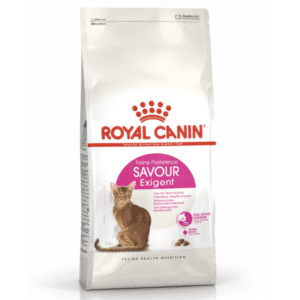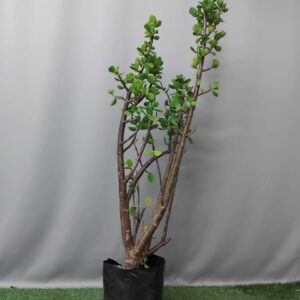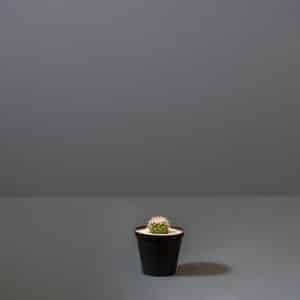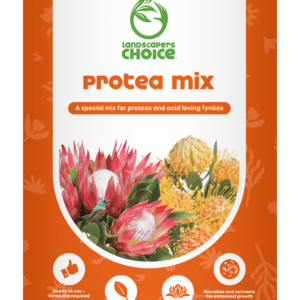Taking Care of your Koi
DIY and how-to

Taking Care of your Koi
Koi fish add colour and life to outdoor areas, and are suited to small and large gardens. Before you invest in koi fish, it’s important to know a few basics about their origin and how to care for them.
Koi keeping dates back many centuries, and has its origins in the Far East . The Japanese were the first to keep and breed wild Asian carp, which were initially all red in colour.
Through breeding, many new varieties were established. Today 16 different varieties exist, and colours range from blue to yellow, black and even metallic colours. Koi breeding has also become a very lucrative business – certain varieties are worth more than R1 million each.
Koi require carefully balanced surroundings in order to flourish. If the composition of the water in their pond is altered, it can prove fatal for the fish.
Listed below are some pointers to remember when filling and maintaining your koi pond.
Gas bubble disease:
Open your tap and fill a glass with water. Is the water cloudy or milky? Cloudy water is a sign of an excess of nitrogen in the water. If you fill a koi pond with this water, the nitrogen enters the bloodstream of the koi and they die.
Before a fish dies of gas bubble disease it will swim strangely, and if you hold the fish up against the light, you will see bubbles trapped beneath its fins. To prevent gas bubble disease, leave water to stand before adding if to the pond, and make sure you aerate (add oxygen) the water well, using a good water pump.
Low PH
When the PH of the water in your koi pond falls below 6.5, the fish will sit on the bottom of the pond and stop eating. An ideal PH level lies between 7.2 and 8.5.
You can reduce the acidity of water (raise the PH level) by adding bicarbonate of soda to the water, but it’s best to use professional products. Ask at one of our branches for help.
Low Oxygen
When there is too little oxygen in the water, fish will swim close to the surface of the water, and try to gulp oxygen from the air above. A lowering of oxygen levels can occur for a number of reasons, such as too many fish in the pond, a pump that is not working or fish that have grown bigger and therefore require more oxygen.
If you suspect that the oxygen levels in your pond are too low, it’s best to act immediately – get your water pump fixed or invest in a new one.
Now that you know the basics it’s time to start planning our own koi pond. Think carefully about where you would like it situated. Measure the area and draw a sketch of how you visualize the pond.
Once you have these factors covered, a specialist can build a pond for you according to your specific requirements. For advice and all the necessary equipment, visit one of our branches in Bellville, Kenilworth and Milnerton
You might also like
Shop online
-
- Sale!
SAVOUR EXIGENT 4KG
- Original price was: R788.99.R709.99Current price is: R709.99.
- Add to cart Learn More




